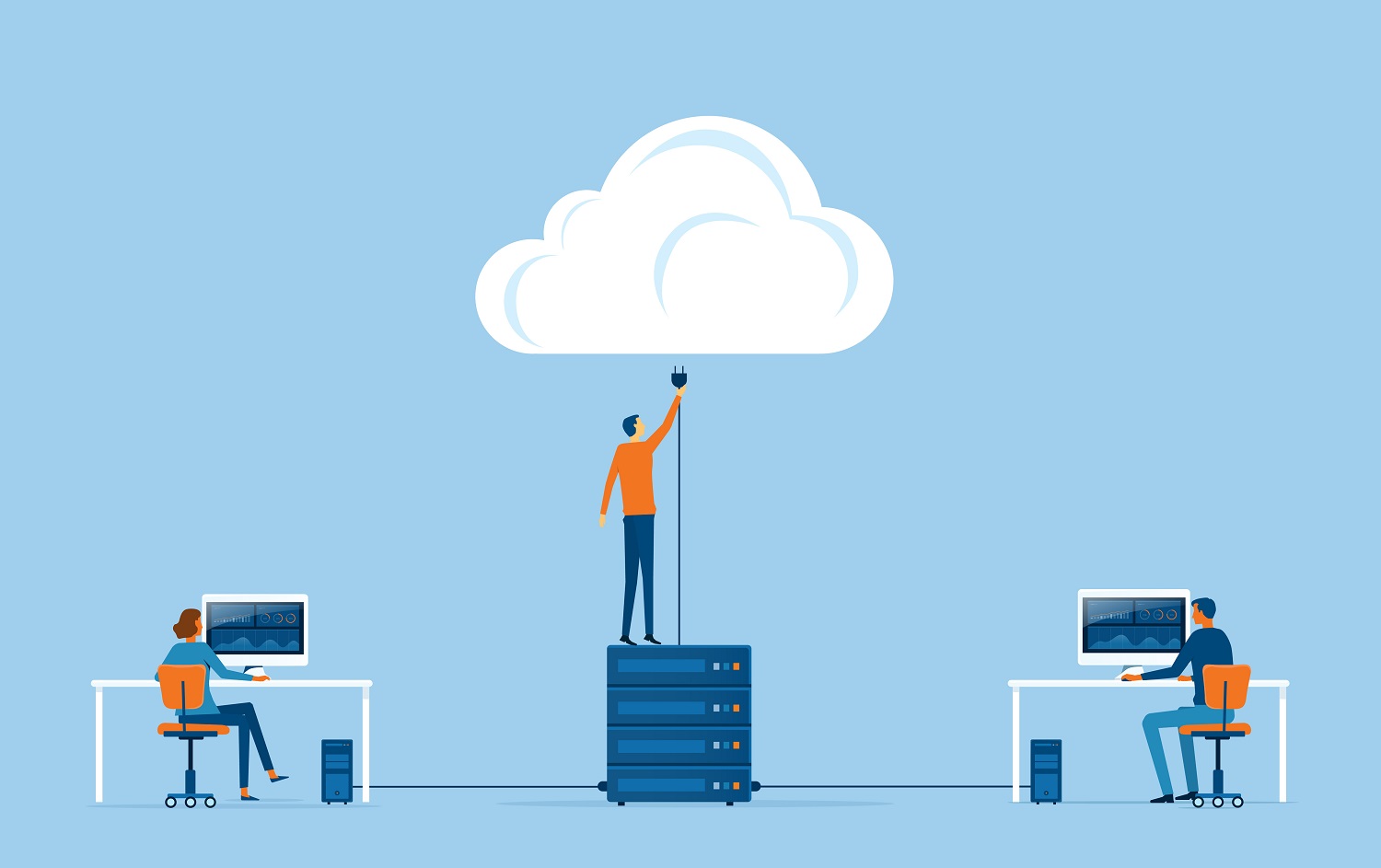One Year Later: What Engineering Managers Can Learn from the Rapid Shift to Remote Collaboration


It’s been almost exactly 12 months since sweeping and sudden changes rocked the world of work across every industry. Manufacturing machines halted. We went from designing cars to designing ventilators. VPN became the new (and harsh) CAD gatekeeper. We adapted.
And less than 6 months ago, Microsoft Teams hit 115 million daily active users. But what have we actually learned so far? What’s the next step for teams who’ve newly adopted Teams?
One thing is certain: 2020 has been a watershed moment for digital transformation, industry 4.0, and remote collaboration. Trends accelerated. Priorities mutated. And there seems to be widespread global consensus that things will never be “the same” again. This shift is ultimately an opportunity—but only if we learn from it.
So this post summarizes three compelling pandemic lessons learned, based on input from 100s of engineering teams around the world! Keep reading for inspiration on your next digital move.
Fast Organizational Changes Aren’t Impossible
Sometimes, you don’t know what’s truly possible until trying is your only option. That’s what happened in March 2020. The entire world stopped in its tracks, hit pause, and had to recalibrate. Businesses everywhere—no matter what (if any) digital strategy they had planned for the year—had no choice but to pivot.
Nice-to-haves became need-to-haves practically overnight. And with that, a lot of organizational barriers quickly changed from insurmountable to relatively insignificant. Things widely accepted as “impossible” turned out to be achievable after all—and quickly, too. As Gartner’s Katie Costello puts it: “The Covid-19 pandemic has resulted in a recalibration of cloud strategies, where collaboration, mobility and virtual desktops are rapidly moving to the cloud to enable a distributed and secure workforce.”
So what does that really mean? To give a quantitative snapshot: the proportion of enterprise workloads deployed in the cloud will double in the near future (from 20% in 2020 to more than 40% by 2023). Staying competitive during this rapid shift means finding ways to make organizational change move faster—something the pandemic has shown is fully possible.
Pre-pandemic, it might’ve sounded like simple wishful thinking. But when you focus on identifying and solving a particular problem, instead of a tool that can do “everything,” your software and technology decisions become much easier. With each tool you evaluate, you can ask yourself: will this help me reach my specific goal? If the answer isn’t “yes,” you move along. No more spending 6, 12, or 18 months evaluating a single mega-vendor and trying to decide which modules or add-ons you need, which you don’t, and how much it’ll all cost (before you even start onboarding). Which leads us to the next lesson: the end of the all-in-one platform.

All-in-One, Single-Vendor Software “Megasuites” are Over
The tug-of-war between best-of-breed software and all-in-one suites dates back as far back as the 1990s. “Best-of-breed applications are often quicker to deploy. And, with intuitive design, are easier for end users to adopt than full product suites—which means a faster return on investment,” says Lindsey Bly, Senior Product Marketing Manager at Okta.
“Single-vendor solutions are appealing because they can be deployed across an organization all at once,” explains Bly. “The problem with this, however, is that employees would then have to rely primarily on the products in a suite, regardless of whether they’re the best solution for the task.”
Referring primarily to ERP, Christy Pettey of Gartner talks about “a fundamental shift away from a single vendor megasuite.” For years, technology has been trending toward best-of-breed software solutions. Pettey is careful, though, to warn about the dangers of relying on new software without a strategy. “A business process change mindset is essential to achieve value through the flexibility SaaS offers,” reminds Pettey. “Innovation is a process, not a software application.”
When ERP systems first hit the market in the 90s, early ERP vendors kept expanding into new module areas: human resources, customer relationship management (CRM), supply chain, product planning, execution, anything, everything. As a result, those big software suites have become clunky platforms that try to do everything—but they’re competing with a growing army of specialized, innovative, best-of-breed applications built to solve your precise problem in the best way possible. With integrations, your mix of best-of-breed apps becomes your “single system” so data flows where it needs to and your digital toolset stays flexible and agile.
Business Travel is Overrated
Unlike the end of the “all-in-one platform” era, in-person meetings won’t be gone forever. Business travel will eventually resume in a vaccinated world. And indeed, to an extent, business travel hasn’t halted to a complete stop during the pandemic.
But, one year later, the cat’s out of the bag... A lot of the travel we were doing was needless. Now, we’ve seen what some of the alternatives might look like. We’ve run full event schedules and fiscal years without the travel they used to involve. “Everybody has learned new technologies and is comfortable,” says NYU professor Scott Galloway. “I think travel is going to be reconfigured.”
It’s not just a realization that some of our business travel was simply “needless,” either. Of course there are environmental reasons to travel less, and some obvious business reasons. Fewer flights and fees and airplane emissions and airport boredom—some of it’s a no-brainer.
In some cases, the virtual shift has been an even bigger eye-opener, though. Industrial leader Johnson Controls has started hosting their global VAVE (Value Analysis & Value Engineering) events virtually. Previously these events meant flying people around the world, gathering in one location to find product improvements. Yet doing their VAVE events online—product improvement discoveries are averaging 2x higher than the former in-person events.

Leave 2020 Behind (But Take the Lessons With You)
As Pettey points out, “Organizations embracing dynamic, cloud-based operating models… position themselves to be early adopters of the disruptive innovations that will define the future.”
Think of the pandemic as a stress analysis for the way we worked before. The last 12 months revealed stresses, strains, weaknesses, vulnerabilities—but it also showed us potential. Now, the idea that even the largest organizations can be agile, change fast, and adopt new solutions isn’t just an idea. There’s no need to hem and haw over outdated beliefs about what is or isn’t possible with our technology today. What we used to call “barriers,” we should actually call strategy missteps.
It’s an opportunity, this shift. This can be the catalyst for a world that works better, smarter, and more collaboratively. But it’s only going to happen if we’re prepared to seek out (and accept) the lessons this past year has brought.
The key lessons for engineering managers to take away from 2020:
- Ditch the unneeded travel.
- Don’t stop at Microsoft Teams for collaboration when you can be more strategic.
- Bring your supply chain into the conversation—in more meaningful ways.
Pushing forward into 2021, there’s lots to be hopeful about this year. And looking back on 2020, we collectively broke new ground in many ways. Think about the level of global collaboration that was harnessed from the start of the search for a coronavirus vaccine—all the way to the continuing work of manufacturing and distributing vaccines around the world.
So let’s take these lessons learned, and let’s use them to create more collaborative, prepared, and prioritized teams. For today, and for many sustainable tomorrows.







